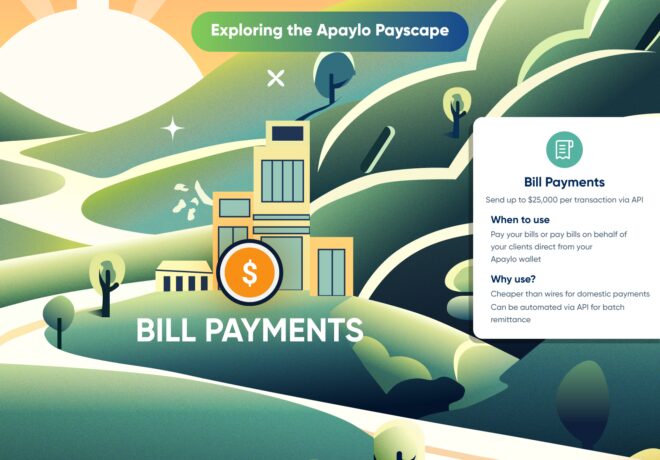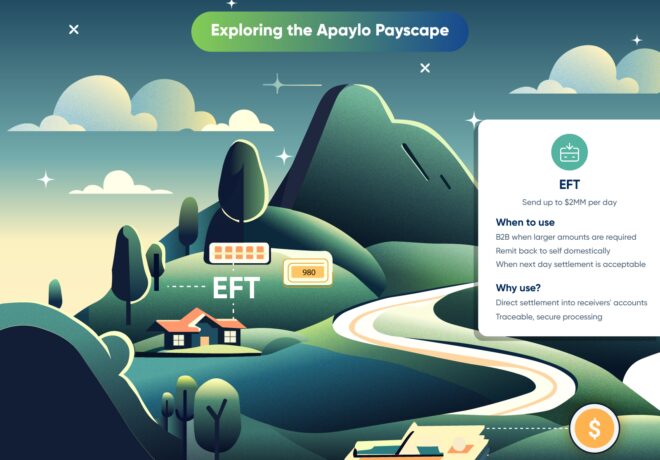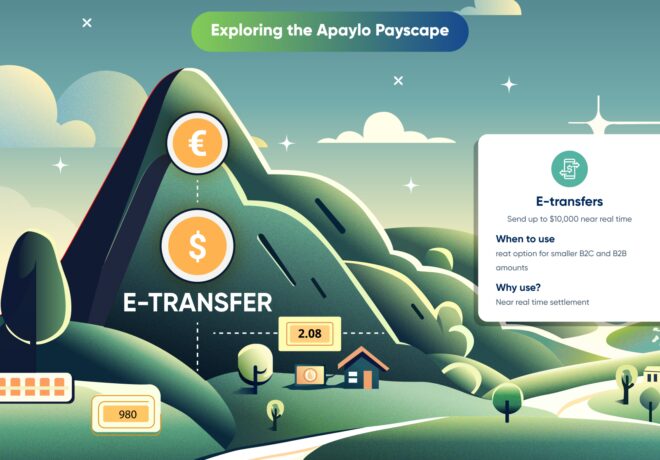The recent release of the IPCC Climate
report has got me thinking about money and the climate. It really got me thinking about the saying…
“Money doesn’t grow on trees.”
I am sure you’ve heard the saying. Well, that’s B.S. Let me explain why.
In 2020, there was an average of 383,034,454 cheques
processed through the Automated Clearing Settlement System (ACSS) in Canada. This number only represents the
“delivered and received”, which is not always the case when issuing a cheque. Let’s make an assumption here that 1%
of cheques need to be re-issued for some reason or another…that brings us to 386,864,799 cheques in Canada alone.
The average cheque is printed on 24-pound stock and we can assume that this is pretty standard across the board. If the
paper is rated at 24-pound stock, it weighs 68 grams/square meter
(GSM). Now, the average size of a cheque is 6.25
inches x 2.75 inches or 158.75 mm x 69.85 mm. For easier math let’s go with a typical cheque measuring 159 mm in length and 70 mm in width. This means the area of 1000 such cheques is, therefore:
1000 * 70 mm * 159 mm = 11,130,000 mm^2
or 11.13 square meters. We multiply this number by 70 grams (roudned up) to find that…
11.13 * 70 g = 779.1 g
or about 0.7791 kg is, therefore, roughly the mass of 1000 standard bank cheques. In imperial units,
this is…
779.1/ 453.592 = 1.7176
or about 1.7 pounds per 1000 cheques.
Now let’s take the total volume of cheques in 2020, 386,864,799 and divide it by 1000, then multiply that by the weight to find out exactly what volume of paper is needed. Grand total 657,670.158 lbs of
paper. The number of pounds of paper that a tree can output will vary immensely (based on the hardness of the tree and
height etc.) but How Stuff Works says that the average pine tree results in 805 lbs of paper, so let’s go with that. The result is 816.98 pine trees.
But what do 816.98 pine trees even look like?? Well, if we go by the average tree plantation’s recommendations for softwood with 10’ x 10’ rows = roughly 435 trees per acre. Obviously, this is plantation style growing, and using this math we can determine that it’s about 2
acres of pine trees.
I couldn’t find the data points for Canada specifically but I did find that the median size of a park in the largest U.S. cities is 3.8 acres or about 4 acres.
So if the trees were planted for a more park-like setting, rather than plantation high-productivity style planting – we can absolutely assume that our precious “cheque trees” could easily fit in the
size of the average city park.
Phew, my head hurts.
This doesn’t even begin to calculate the amount of oil, labor, and energy costs to produce, harvest, and transport these pine trees either – much less the labor, time, and cost to support cheques in
the banking system and your business.
So next time you are taking a stroll through the park and you think to yourself, money doesn’t grow on trees.
Think again.
I think it’s time you replaced your outdated cheque-based payment system. We can help. Contact Apaylo today.






